ABU DHABI—We live in a weird time for autonomous vehicles. Ambitions come and go, but genuinely autonomous cars are further off than solid-state vehicle batteries. Part of the problem with developing autonomous cars is that teaching road cars to take risks is unacceptable.
A race track, though, is a decent place to potentially crash a car. You can take risks there, with every brutal crunch becoming a learning exercise. (You’d be hard-pressed to find a top racing driver without a few wrecks smoldering in their junior career records.)
That's why 10,000 people descended on the Yas Marina race track in Abu Dhabi to watch the first four-car driverless race.
Test lab
The organizers of the Abu Dhabi Autonomous Racing League (A2RL) event didn’t brief me on what to expect, so I wasn't sure if we would see much car movement. Not because the project was likely to fail—it certainly had a lot of hardware and software engineering behind it, not to mention plenty of money. But creating a high-speed, high-maneuverability vehicle that makes its own choices is an immense challenge.
Just running a Super Formula car—the chassis modified for the series—is a big task for any race team, even with an expert driver in the cockpit. I was ready to be impressed if teams got out of the pit lane without the engine stalling.
But the cars did run. Lap times weren't close to those of a human driver or competitive across the field, but the cars did repeatedly negotiate the track. Not every car was able to do quick laps, but the ones that did looked like actual race cars being driven on a race track. Even the size of the crashes showed that the teams were finding the confidence to begin pushing limits.
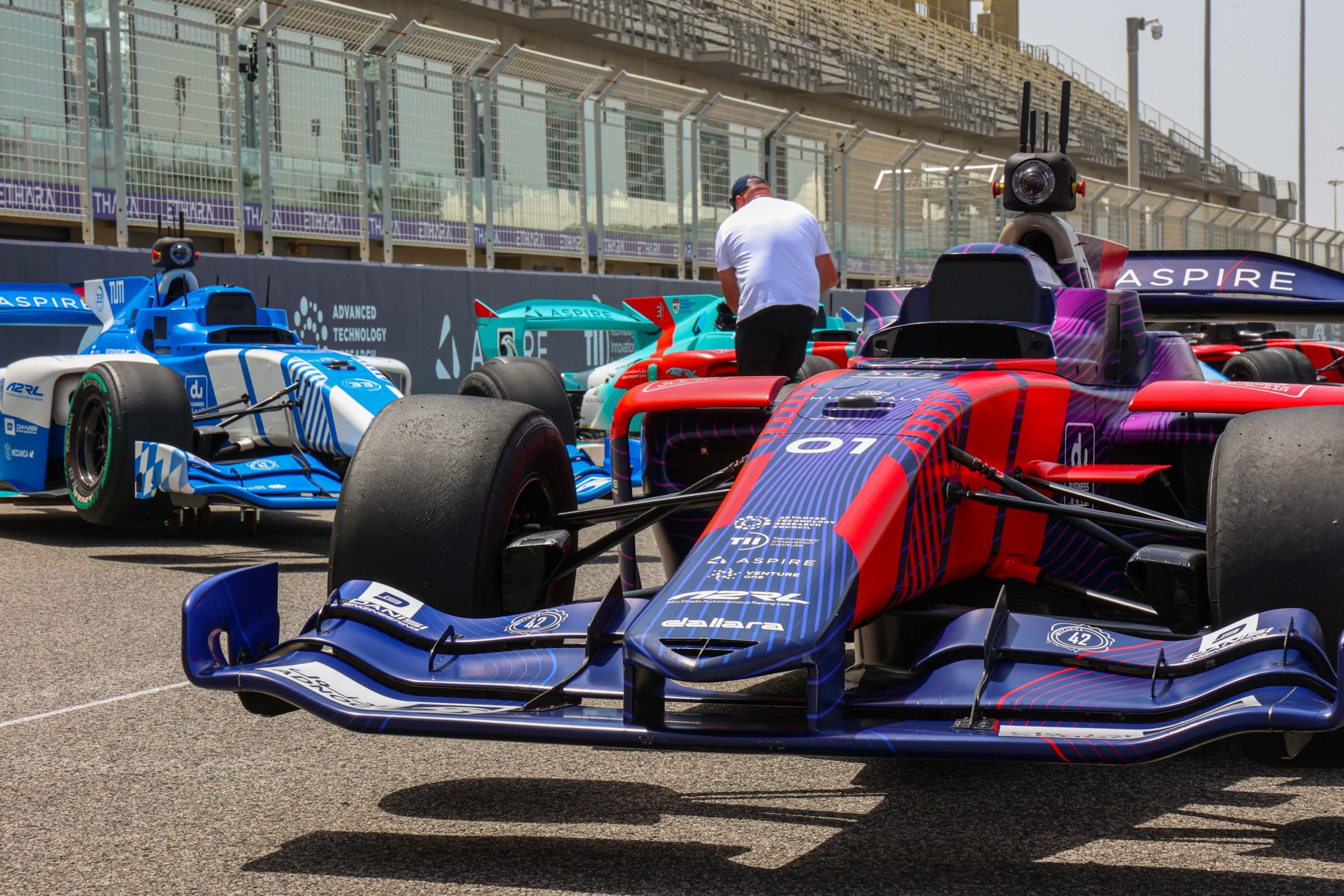
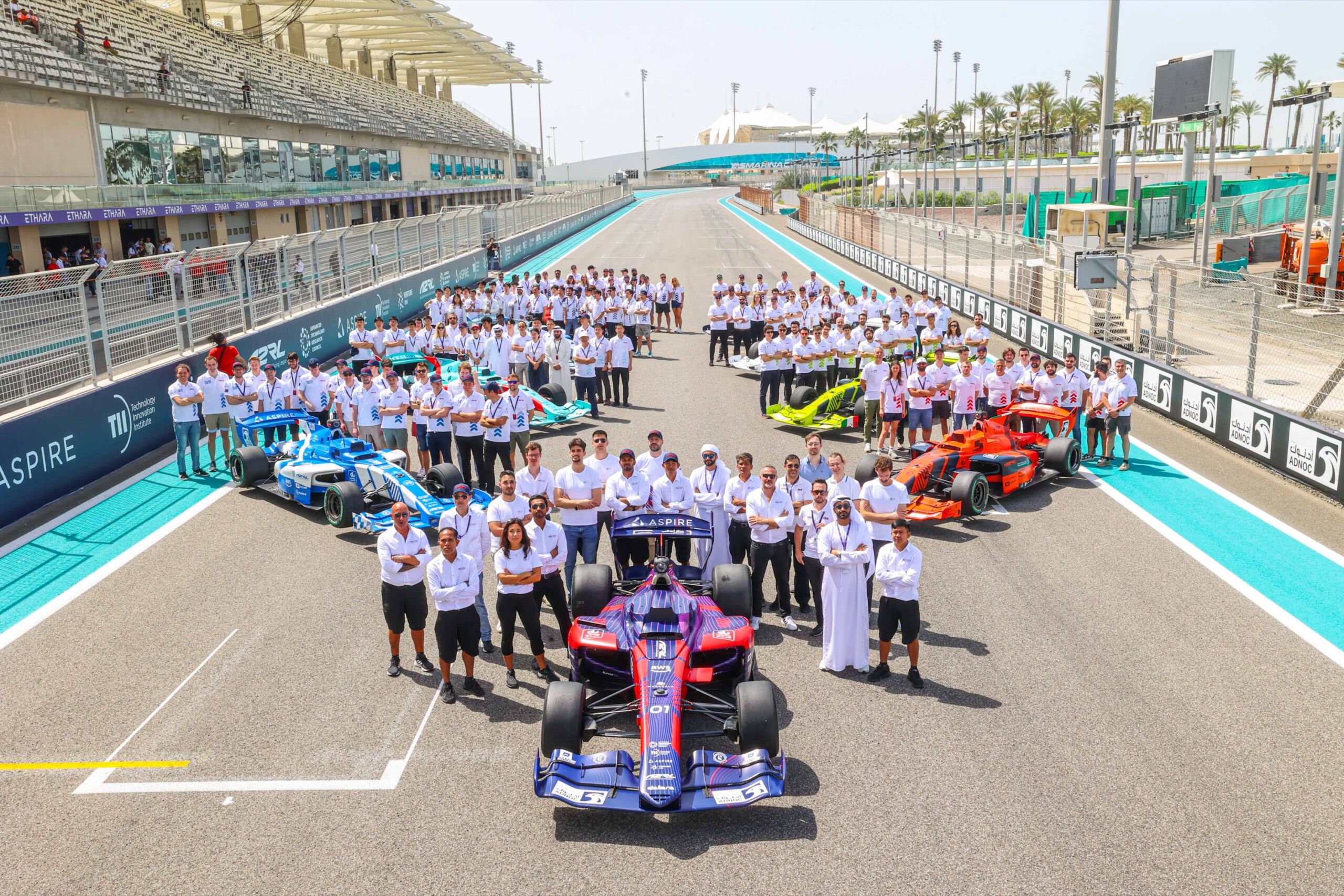
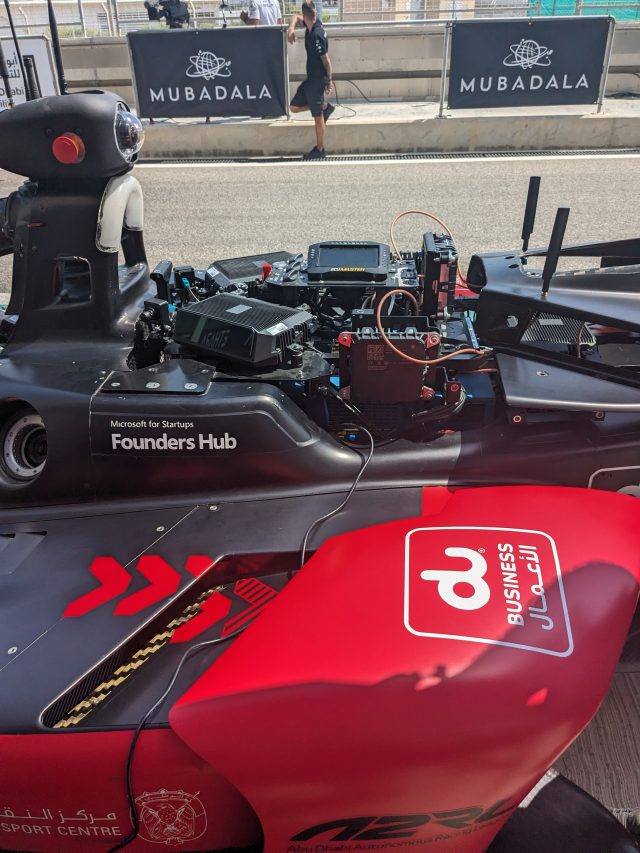
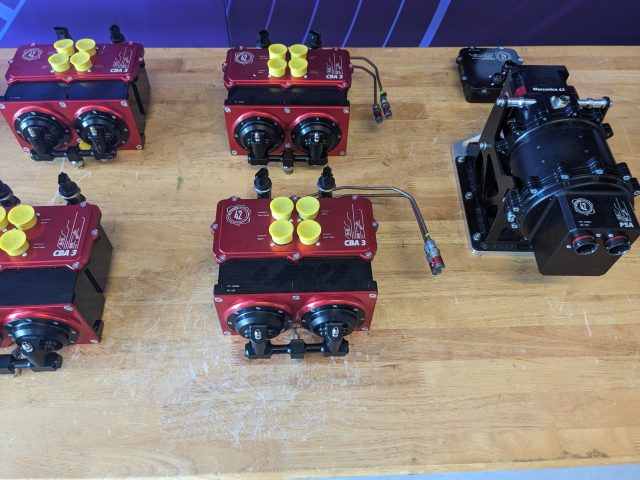
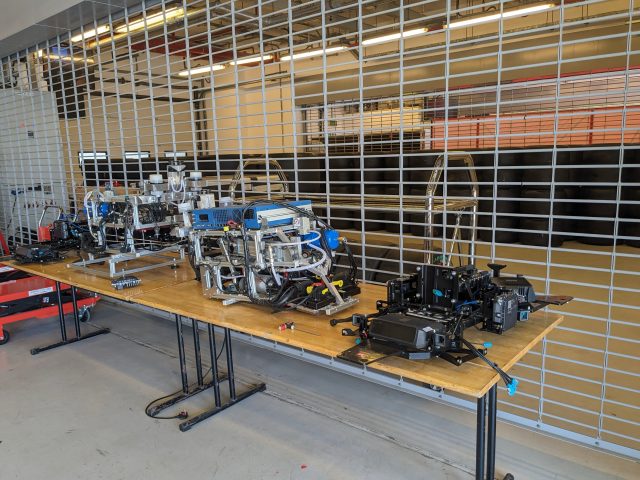

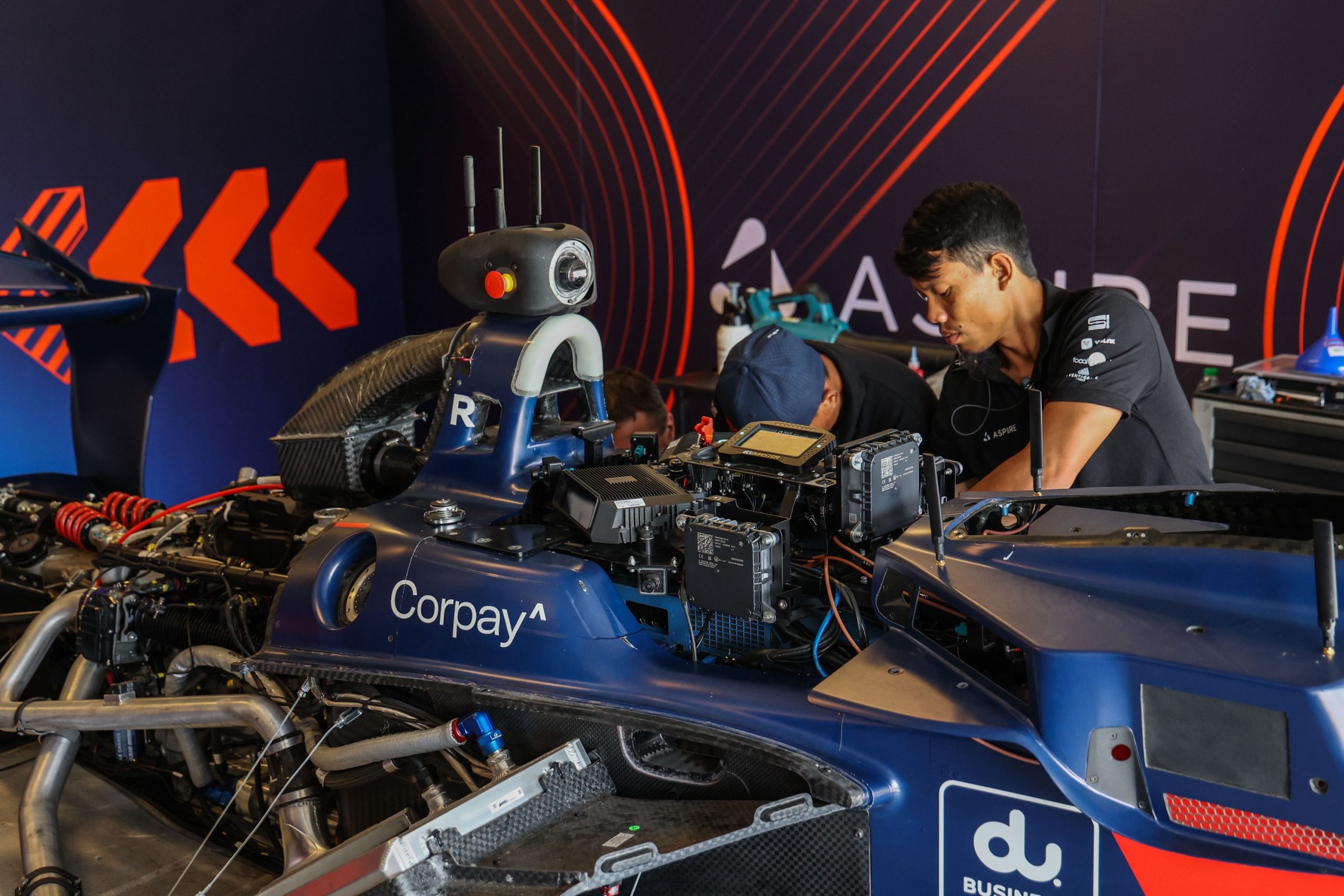

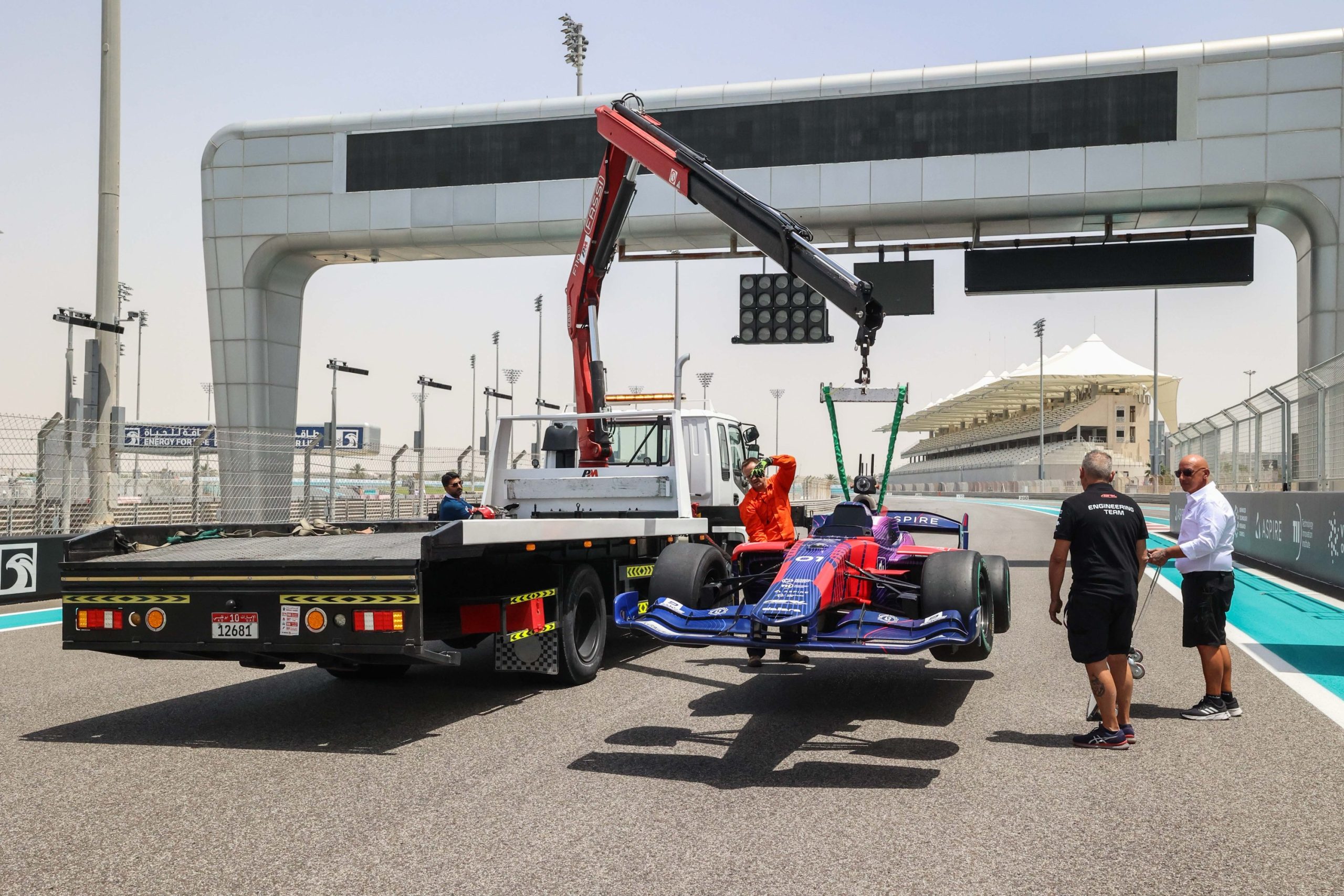


 Loading comments...
Loading comments...
